The charming coastal city of Kamakura on Sagami Bay was the seat of the shogunate and shikken (regency) during the Kamakura period (1185 to 1333), making it Japan’s first feudal capital. Its history is entwined with the proliferation of Buddhism in the country and there are several outstanding temple complexes here, the most famous of which is Tsurugaoka Hachiman-gū. Commissioned by Minamoto Yoritomo and dedicated to Hachiman, the god of war, it dates back to 1191. The city was subsequently built around this shrine, and its original 1.8km-long sacred promenade from the sea – Wakamiya Ōji (Young Prince Ave) – is still in place. Once the preserve of shoguns and important dignitaries, Wakamiya Ōji now forms the backbone of the modern street network. As the avenue nears the complex, the central pine-lined core remains pedestrianised and makes for an atmospheric approach. The arched bridge behind the San no Torii gate was also reserved for the shogun, with others (like visitors today) having to cross another. The canal beneath the bridges symbolically links two ponds, which are said to represent two feuding clans during Yoritomo's reign. Although strictly a Shintō shrine since 1868, Tsurugaoka Hachiman-gū was also a Buddhist temple for centuries.
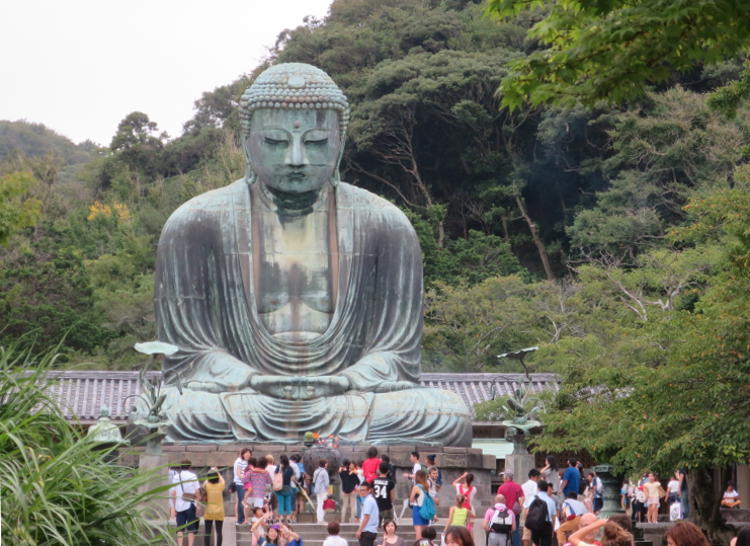
Still Buddhist to the core is Kōtoku-in, a Jōdo sect temple southwest of Tsurugaoka Hachiman-gū. Within its grounds is Kamakura's most recognisable sight: Daibutsu, an 11.4m-tall bronze statue of Amida Buddha. It has been sitting tall since 1252, but the same can't be said for the halls that once housed it – two were destroyed in storms during the 1300s, and the third was washed away by a tsunami in September 1498. However, the gold leaf that once adorned the statue is all but gone (look for traces around the ears).
Kamakura is about an hour from Toyko on the JR Yokosuka and Shōnan Shinjuku trains.
This sacred mountain near Isehara in Kanagawa Prefecture has long been worshipped, and its original temples date back more than two millennia. Today the 1252m peak has a variety of hiking paths that offer something Mt Fuji simply can't – views of Mt Fuji. On clear days there are also vistas over two different valleys, the Bōsō Peninsula and the not-so-distant skyscrapers of central Tokyo. A classic cable car can shorten the climb substantially, allowing visitors more time to explore the shrines on the mountain's slopes or the quaint shops below (the area is famous for its spinning tops).
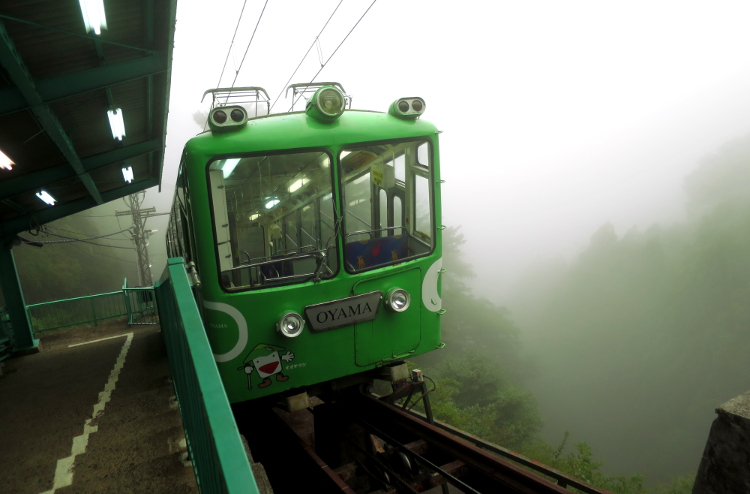
The base of Mt Ōyama is approximately 90 minutes from Tokyo. Take the Odakyū line from Shinjuku to Isehara, from where the No.4 bus runs to the base of the cable car.
Set beautifully on the lake of Ashino-ko in Kanagawa Prefecture, Hakone is one of Japan’s most rewarding onsen (hot spring) resort towns. Not only are there numerous onsen to soak in, but there are also resplendent views of Mt Fuji, various tall-ship cruises and two world-class art museums.
The sprawling Hakone Open-Air Museum breathes life into art, with large-scale sculptures spread creatively and generously across an undulating landscape of lawns, trees and water features. The impressive collection contains works by modern greats from Japan and the West, including Rodin and Miró, as well as a Picasso Pavilion laden with the genius' paintings, tapestries and glass works. Some of the museum's works are incredibly playful, including Wonder Space II by Toshiko Horiuchi MacAdam and Interplay (the colourful hand-knitted work is a dream for children, and the child in you).
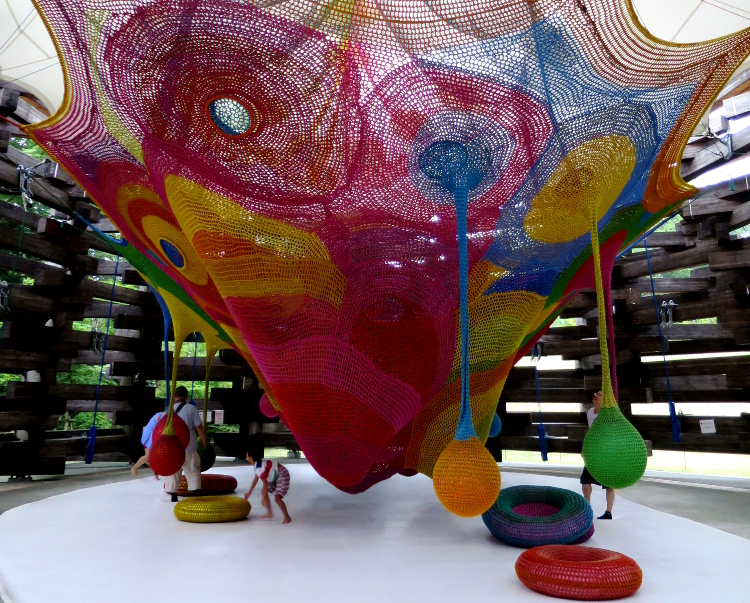
That latest addition to Hakone's impressive artwork credentials is the Okada Museum of Art. Grand in both scale and substance, this incredible museum was built to house industrialist Okada Kazuo's personal art treasures from Japan, Korea and China. Much like in the city's open-air museum, hours can be lost exploring the various works here.
Hakone is within two hours of Tokyo's Shinjuku Station on the Odakyū line.
The city of Fuji-Yoshida in Yamanashi Prefecture is built upon ancient lava flows from Mt Fuji, and for centuries it has been the spiritual gathering point for pilgrims climbing the volcano. The atmospheric Fuji Sengen-jinja (Fuji Shengen shrine), found at the end of a long promenade flanked by massive cedar trees, marks the head of the Old Yoshidaguchi Trail. The historic path meanders its way 19km up to the conical summit, passing a number of shrines along the way.
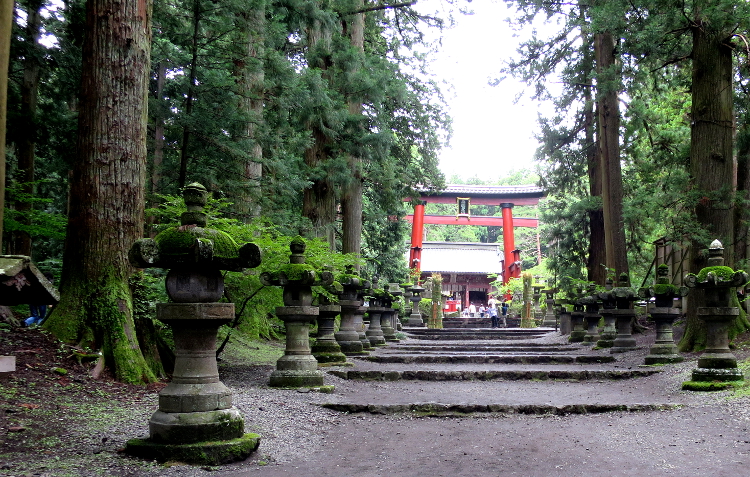
There used to be 86 oshi-no-ie (pilgrims' inns) in Fuji-Yoshida, but only two remain, one of them now hosting an interesting museum. Inside hang outfits worn for the climb from times gone by; it's interesting to know that these white robes are the same ones to be worn at death (it was believed that each climber was spiritually reborn at the summit). The shrines along the trail stamped these robes with unique markings, and today it's possible for visitors to have their walking stick marked in the same way.
On 26 August each year the city erupts with the Yoshida no Himatsuri (Fire Festival), a two-day event at the end of the climbing season that includes flaming processions of burning torches and portable shrines. The festivities have taken place for more than 500 years in an effort to appease the goddess of Mt Fuji and keep the volcano in its state of slumber.
Various bus companies, including Fujikyū, serve Fujisan Station from Shinjuku, Shibuya and Tokyo Station. The one-way trip is around two hours.
This diminutive city in Shizuoka Prefecture is another base for Mt Fuji climbs, and it was from here that the first recorded ascent of Mt Fuji by a non-Japanese person was launched (by British consul Sir Rutherford Alcock in 1860). There are several waterfalls in the area, with sacred Shiraito Falls being the most impressive. Its multiple fans drop subterranean melt water from Mt Fuji some 20m into the chilly pool below.
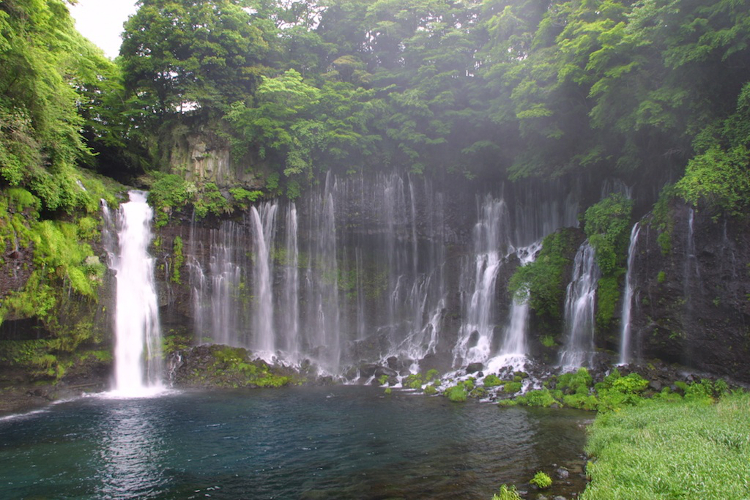
Shiraito Falls is a 30-minute bus journey from Fujinomiya Station, which is on the JR Minobu line.